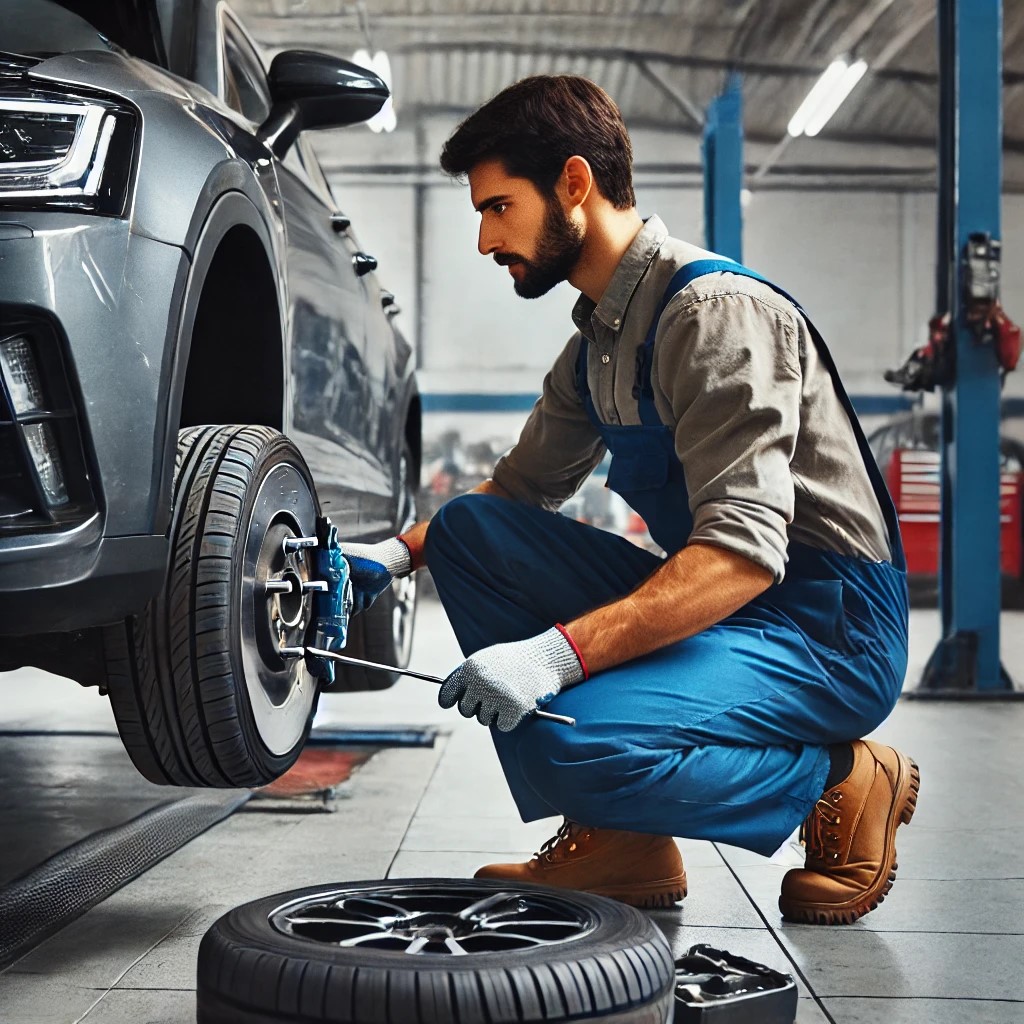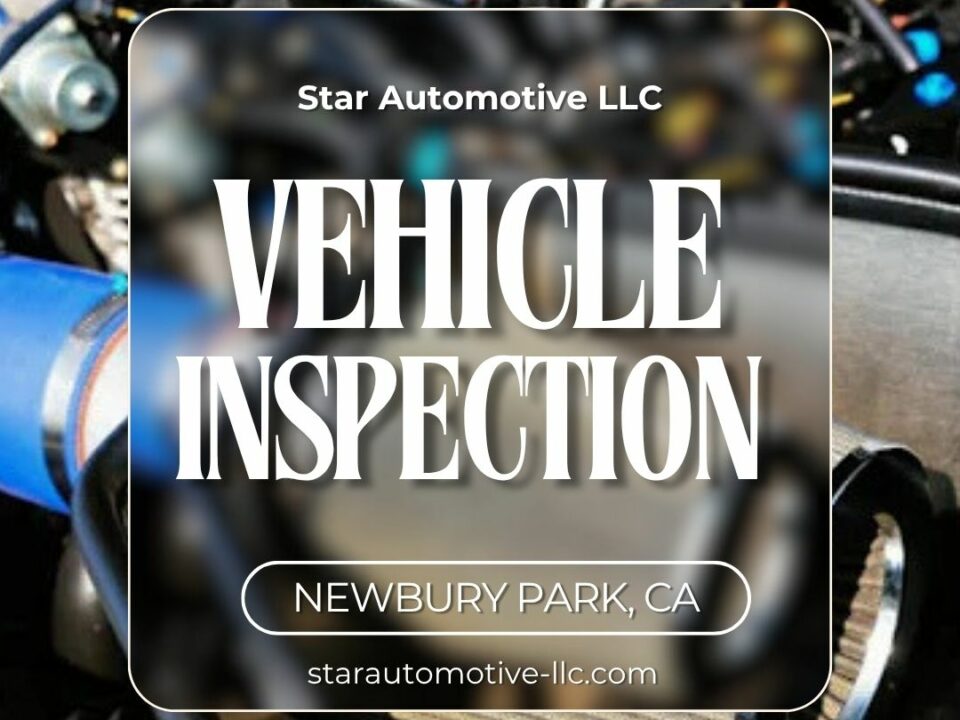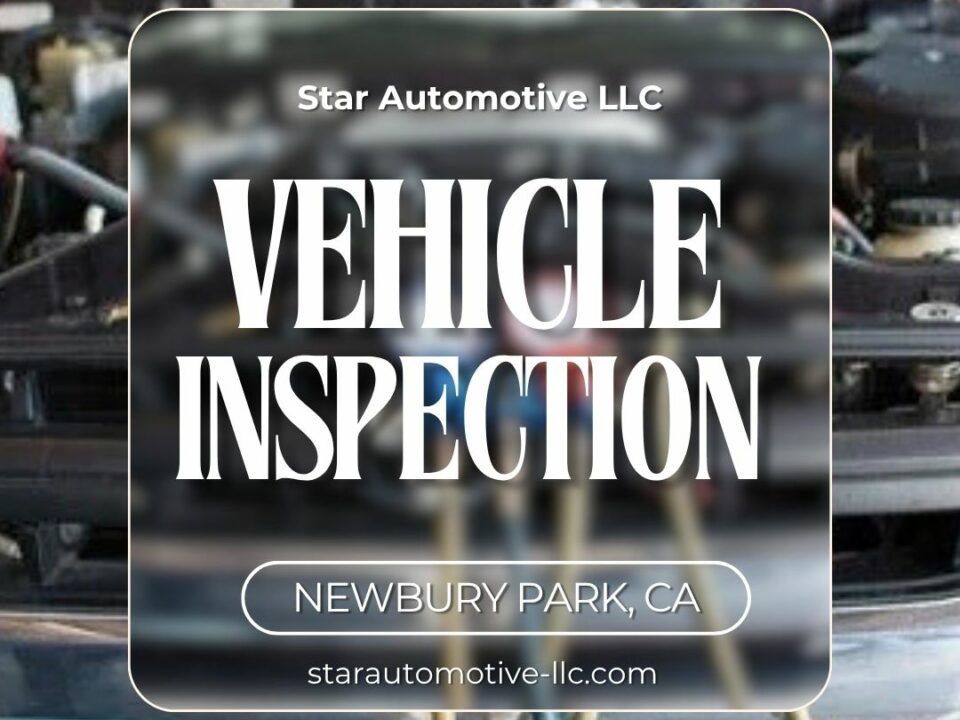Why Regular Transmission Maintenance With an Auto Mechanic Is Essential
September 5, 2024What to Expect During a Vehicle Inspection: Key Processes Explained
September 10, 2024
Initiating a comprehensive vehicle inspection involves meticulously preparing and adhering to a detailed checklist that addresses both regulatory compliance and mechanical integrity. Professionals must first ensure all pertinent documentation, such as registration and insurance, is current and accessible. The inspection process begins with an assessment of the vehicle’s exterior, scrutinizing the bodywork for structural integrity and signs of corrosion or damage. Following this, a thorough examination of the engine, braking system, and interior functionalities is conducted to verify operational reliability. Each step in this methodical guide is crucial for maintaining vehicular safety and performance—what follows will explore these processes in greater detail.
Preparing for Inspection
Preparing for a vehicle inspection necessitates meticulous attention to detail and a thorough understanding of the inspection criteria. This preparation phase is critical to ensuring compliance with regulatory standards and optimizing vehicle performance.
Commence by reviewing the specific requirements outlined by local transportation authorities, as these can vary by jurisdiction and vehicle type.
First, assess the vehicle’s documentation, including the registration, insurance, and previous inspection reports. Ensure all records are up-to-date and readily accessible.
Next, conduct a preliminary evaluation of the vehicle’s mechanical and structural components. Focus on the engine, transmission, brakes, and suspension systems, verifying their operational integrity and absence of wear or damage.
In addition, scrutinize the electrical systems, paying special attention to the functionality of lights, indicators, and battery health. Tire condition and alignment should also be inspected, ensuring compliance with tread depth regulations and balance specifications.
Furthermore, evaluate the exhaust system to ensure emissions meet environmental standards. Lastly, cleanliness and overall vehicle appearance should not be overlooked, as these can influence the inspector’s perception and thoroughness.
Inspection Checklist
To streamline the vehicle inspection process, it is imperative to develop a comprehensive inspection checklist that covers all critical components and systems. This ensures thoroughness, consistency, and efficiency, fostering a sense of reliability and trust within our automotive community.
Starting with the exterior, the checklist should include an assessment of the bodywork for rust, dents, and paint integrity. Examine the windshield and windows for cracks or chips. The inspection must extend to the tires, evaluating tread depth, wear patterns, and pressure levels. Inspect the functionality of all lights, including headlights, tail lights, indicators, and brake lights.
Under the hood, scrutinize the engine compartment, focusing on oil levels, coolant levels, and the condition of hoses and belts. The braking system demands particular attention; inspect brake pads, rotors, and fluid levels to ensure optimal performance and safety.
The interior inspection should not be overlooked; check the operation of safety belts, airbags, and dashboard indicators. Ensure that the HVAC system is operational and that the wipers and washers are functional.
A meticulous inspection checklist not only guarantees vehicle safety but also reinforces the standards and quality that our community upholds, promoting a culture of excellence and reliability.
Concluding the vehicle inspection process is akin to securing a fortress; every structural component and operational system must be meticulously examined to ensure impregnable safety and compliance. By adhering to established protocols and utilizing a comprehensive checklist, inspectors can systematically identify and rectify potential hazards. This rigorous assessment guarantees that vehicles on the road meet stringent regulatory standards, thereby safeguarding occupants and the public. Ultimately, thorough inspections fortify the integrity and reliability of vehicular transportation.
Next article


